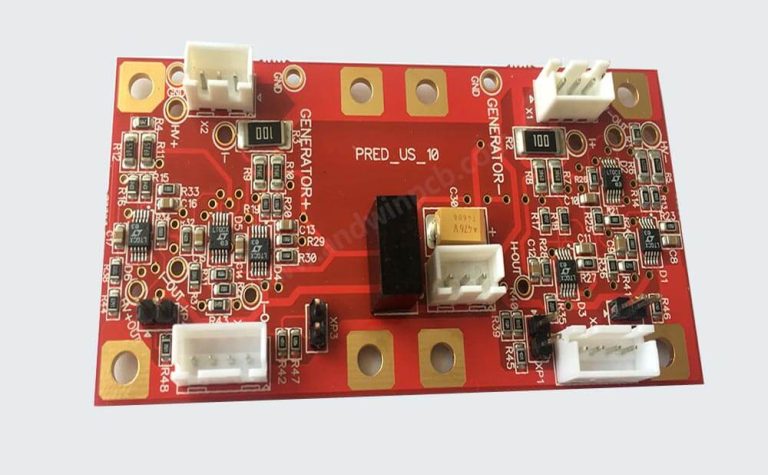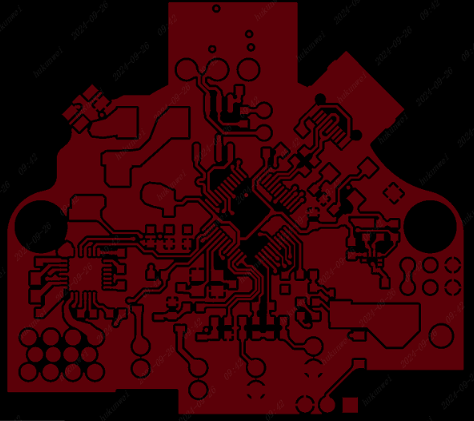Turnkey PCB Assembly: Precision-Engineered End-to-End Solutions
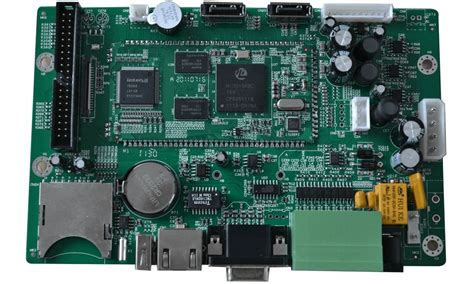
Key Takeaways
Modern PCB assembly processes are defined by their ability to integrate design, sourcing, and manufacturing into a cohesive workflow. Turnkey PCBA solutions eliminate fragmented production stages by offering precision-engineered systems that span from prototyping to final delivery. This approach minimizes delays caused by component shortages, as expert sourcing teams leverage global supplier networks to secure high-quality parts efficiently.
Automated assembly technologies ensure scalable manufacturing, enabling rapid transitions from low-volume batches to mass production without compromising accuracy. Advanced pick-and-place systems, combined with reflow soldering, maintain consistency across every PCB assembly cycle. Rigorous testing protocols—including automated optical inspection (AOI) and functional testing—validate performance reliability, reducing post-deployment failures.
By adopting turnkey services, manufacturers gain access to end-to-end oversight, streamlining logistics and quality control under a single provider. This unified model not only accelerates time-to-market but also enhances cost predictability, as transparent pricing structures account for material, labor, and testing phases. Whether for consumer electronics or industrial systems, PCBA solutions prioritize adaptability, ensuring designs can evolve alongside technological advancements without requiring overhauls in production infrastructure.
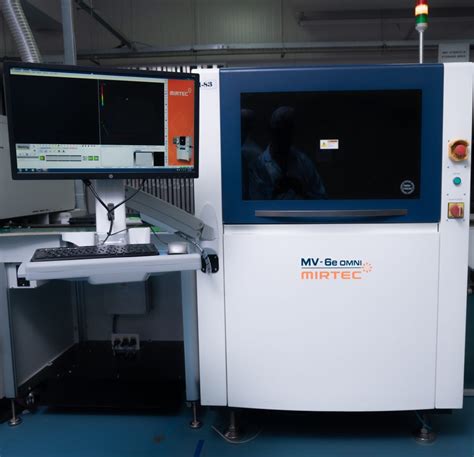
Streamline Electronics Production via Turnkey PCB
Modern PCB assembly processes thrive on integrated workflows that eliminate fragmented production stages. By adopting turnkey PCBA solutions, manufacturers consolidate design, procurement, assembly, and testing into a unified pipeline. This approach minimizes coordination gaps, reduces lead times by 30–50%, and ensures consistent quality across batches.
Tip: Prioritize providers offering real-time component tracking to mitigate supply chain disruptions.
A critical advantage lies in automated assembly systems, which enhance precision while scaling output. For instance, surface-mount technology (SMT) lines achieve placement accuracies of ±0.025mm, critical for high-density boards. Pairing this with rigorous testing protocols—including in-circuit (ICT) and functional (FCT) tests—ensures defect rates remain below 0.1%.
| Traditional Process | Turnkey PCBA |
|---|---|
| Multi-vendor coordination | Single-point accountability |
| Manual component sourcing | AI-driven procurement |
| 8–12-week lead times | 4–6-week turnaround |
Additionally, cost predictability improves as suppliers manage material pricing fluctuations through bulk purchasing agreements. By embedding DFM (Design for Manufacturing) checks early in the design phase, teams avoid costly mid-production revisions. For startups and enterprises alike, scalable electronics manufacturing becomes achievable without capital-intensive infrastructure investments.
Transitioning to end-to-end PCB assembly services not only optimizes resource allocation but also accelerates time-to-market—a decisive factor in competitive industries like IoT and automotive electronics.

Precision PCB Assembly: Design to Delivery
Modern PCB assembly processes demand meticulous coordination across design, procurement, and production phases to ensure seamless transitions from concept to functional product. Precision-engineered solutions begin with comprehensive design validation, where PCBA experts analyze circuit layouts for manufacturability, thermal management, and signal integrity. This phase often involves selecting optimal materials, such as high-temperature substrates or low-loss dielectrics, tailored to the application’s performance requirements.
Following design finalization, end-to-end workflows integrate component sourcing with automated placement systems. Advanced pick-and-place machines achieve micron-level accuracy, enabling the assembly of miniaturized or high-density boards while maintaining consistency. Real-time monitoring during solder paste application and reflow processes further minimizes defects, ensuring compliance with industry standards like IPC-A-610.
Central to this process is the synchronization of testing protocols with assembly stages. In-circuit testing (ICT) and automated optical inspection (AOI) identify potential faults early, reducing rework cycles and accelerating time-to-market. By aligning design intent with manufacturing execution, turnkey PCB assembly services eliminate fragmented workflows, delivering fully tested boards ready for integration into end products. This holistic approach not only enhances reliability but also scales efficiently to meet evolving production demands.
Expert Component Sourcing for PCB Manufacturing
Effective PCB assembly relies on meticulous component sourcing, a critical phase that directly impacts product quality and manufacturing timelines. Specialized suppliers partner with PCBA providers to secure authentic, high-grade components—from microcontrollers to passive elements—while navigating global supply chain complexities. Advanced procurement systems enable real-time tracking of inventory levels, pricing fluctuations, and lead times, ensuring seamless integration with automated assembly workflows.
To mitigate risks like counterfeit parts or obsolescence, rigorous vendor qualification processes are employed, including audits of ISO certifications and batch-level traceability. This precision in sourcing not only reduces production delays but also aligns with design specifications for thermal stability, signal integrity, and compliance standards. By leveraging established networks of trusted distributors, turnkey PCB assembly services optimize cost-efficiency without compromising component reliability—a cornerstone for scalable electronics manufacturing.
Transitioning from procurement to production, this foundational step ensures that every PCBA project begins with components engineered to meet both performance benchmarks and long-term availability demands.
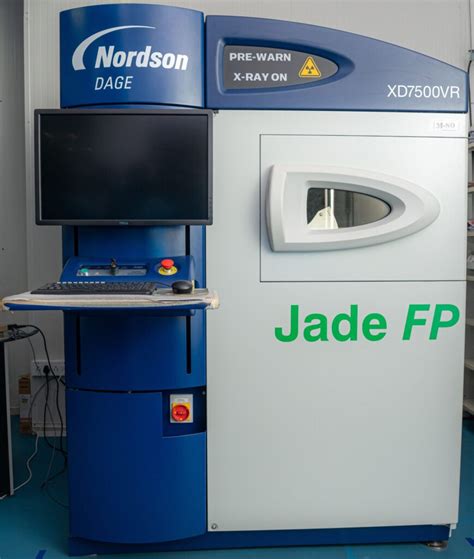
Automated Assembly for Scalable Electronics
Modern PCB assembly processes rely heavily on automated systems to ensure both precision and scalability in electronics manufacturing. By integrating advanced pick-and-place machines, reflow soldering technologies, and optical inspection systems, PCBA providers achieve consistent quality while accelerating production cycles. These systems minimize human error, enabling high-volume outputs without compromising accuracy—a critical advantage for industries requiring rapid scaling, such as IoT devices, automotive electronics, and consumer tech.
Automation also enhances flexibility, allowing manufacturers to swiftly adapt to design changes or component shortages. For instance, programmable machinery can reconfigure workflows in real time, ensuring seamless transitions between prototype batches and full-scale production runs. This agility is further amplified by intelligent software that optimizes material usage and reduces waste, aligning with lean manufacturing principles.
Moreover, automated PCB assembly supports traceability through embedded data logging, which tracks every component from sourcing to final testing. This transparency not only streamlines compliance with industry standards but also simplifies troubleshooting during quality audits. By combining speed, adaptability, and oversight, automated systems form the backbone of scalable PCBA solutions, empowering businesses to meet evolving market demands efficiently.
Rigorous Testing in Turnkey PCB Services
Quality assurance forms the backbone of reliable PCB assembly, with rigorous testing protocols ensuring every PCBA meets exacting performance standards. Modern turnkey services employ automated optical inspection (AOI) to scan for soldering defects, component misalignment, or trace irregularities at micron-level precision. X-ray inspection further validates hidden connections in multilayer boards, while in-circuit testing (ICT) verifies electrical functionality against design specifications. These layered checks minimize failure risks in mission-critical applications, from consumer electronics to industrial systems.
To enhance long-term reliability, environmental stress testing simulates extreme temperatures, humidity, and vibration cycles—exposing potential weaknesses before mass production. Advanced PCBA providers integrate design-for-manufacturability (DFM) feedback during prototyping, aligning testing parameters with real-world operating conditions. This proactive approach reduces post-deployment issues, ensuring compliance with ISO and IPC certifications.
By coupling automated inspection tools with expert analysis, PCB assembly partners deliver traceable quality metrics, enabling clients to scale production confidently. Such meticulous validation aligns with the broader turnkey model, where testing is not an isolated phase but a continuous thread woven into design, sourcing, and assembly workflows.
End-to-End PCB Solutions for Manufacturing
Modern electronics manufacturing demands seamless integration of design, sourcing, and production processes. PCB assembly services that adopt an end-to-end approach eliminate fragmentation by managing every stage—from initial schematic validation to final product delivery. This holistic model ensures design intent is preserved through automated assembly workflows, minimizing human error and accelerating time-to-market.
A critical advantage lies in component sourcing, where suppliers with global networks secure high-quality parts at competitive costs, even amid market shortages. By integrating PCBA (Printed Circuit Board Assembly) processes under one roof, manufacturers reduce logistical delays while maintaining strict quality control. Advanced pick-and-place systems, combined with reflow soldering technologies, enable precise placement of surface-mount devices (SMDs), ensuring consistency across high-volume orders.
Rigorous functional testing and inspection protocols further validate performance, addressing potential flaws before mass production. Scalability is inherent in this model, as automated workflows adapt effortlessly to fluctuating demand. Whether prototyping or scaling to millions of units, turnkey solutions provide the agility needed in today’s fast-paced electronics landscape. By consolidating expertise and infrastructure, end-to-end PCB assembly services empower businesses to focus on innovation while outsourcing complex manufacturing logistics.
Enhancing Reliability in PCB Assembly
Reliability in PCB assembly hinges on meticulous process control and advanced quality assurance protocols. Component integrity begins with rigorous supplier vetting, ensuring traceable, high-grade materials for PCBA workflows. Automated optical inspection (AOI) systems and X-ray imaging detect microscopic defects—such as solder bridging or voids—critical for high-density interconnect (HDI) boards. Thermal profiling during reflow soldering further minimizes stress on sensitive components, preserving functionality across operating conditions.
Design-for-manufacturability (DFM) analysis plays a pivotal role, identifying potential failure points early in the PCB assembly cycle. By aligning layout specifications with production capabilities, manufacturers reduce rework rates and enhance end-product durability. Environmental stress screening (ESS), including thermal cycling and vibration tests, validates performance under extreme scenarios, a cornerstone of mission-critical applications.
Additionally, traceability systems embedded in PCBA workflows enable real-time monitoring of assembly stages, ensuring compliance with industry standards like IPC-A-610. This end-to-end visibility not only accelerates fault resolution but also builds trust in scalable manufacturing outcomes. By integrating these practices, turnkey providers deliver electronics that meet evolving reliability demands without compromising speed or cost efficiency.
Scalable Turnkey Electronics Manufacturing Services
Modern PCB assembly workflows demand solutions that adapt to evolving production volumes without compromising quality. Scalable turnkey electronics manufacturing services address this need by integrating PCBA processes with flexible infrastructure, enabling seamless transitions from prototyping to mass production. Advanced automated assembly lines equipped with precision placement systems ensure consistent output across batch sizes, while real-time process monitoring minimizes downtime and material waste.
A critical advantage lies in component sourcing strategies tailored for scalability. By leveraging global supplier networks and predictive inventory management, manufacturers mitigate risks associated with component shortages or lead-time fluctuations. This approach ensures uninterrupted PCB assembly cycles, even when scaling operations by 300% or more. Additionally, modular testing frameworks — including in-circuit (ICT) and functional (FCT) validation — maintain reliability benchmarks as production volumes expand.
The inherent agility of turnkey PCBA models allows businesses to respond swiftly to market demands. Whether ramping up for seasonal peaks or introducing design revisions, unified workflows from design to delivery eliminate coordination gaps between engineering and manufacturing teams. Such scalability not future-proofs operations but also optimizes per-unit costs, making it a cornerstone for competitive electronics manufacturing in dynamic industries.
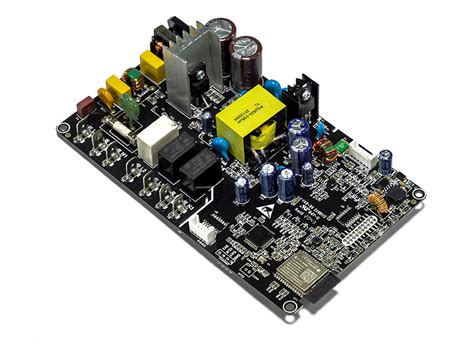
Conclusion
In today’s competitive electronics landscape, PCB assembly services that deliver end-to-end integration are redefining manufacturing efficiency. By unifying design, PCBA, and testing under a single workflow, businesses eliminate bottlenecks while ensuring traceability and quality control at every stage. The strategic advantage of turnkey solutions lies in their ability to harmonize automated assembly with expert-level component sourcing, reducing time-to-market without compromising precision.
As industries demand faster scaling and higher reliability, PCB assembly providers that prioritize rigorous testing protocols and supply chain optimization become indispensable partners. These services not only mitigate risks associated with fragmented production but also empower innovators to focus on core R&D while technical execution is handled seamlessly. Ultimately, the shift toward turnkey PCB assembly reflects a broader trend in electronics manufacturing: the pursuit of scalable, repeatable processes that balance speed, cost, and performance in an increasingly interconnected world.

Frequently Asked Questions
What distinguishes turnkey PCB assembly from traditional manufacturing approaches?
PCB assembly services adopting a turnkey model manage the entire production cycle—from component sourcing and PCBA fabrication to final testing. This contrasts with partial-service providers that require clients to handle logistics separately, often leading to coordination challenges.
How does automated assembly enhance manufacturing precision?
Advanced PCB assembly lines utilize robotic placement systems and AI-driven optical inspection, achieving sub-micron accuracy in component alignment. This minimizes human error, ensuring consistent quality across high-volume PCBA production runs.
What role does design-for-manufacturing (DFM) analysis play in turnkey services?
Expert providers conduct multilayer DFM checks before PCBA production, identifying potential issues like thermal stress points or signal integrity risks. This preemptive analysis prevents costly redesigns and accelerates time-to-market.
Why is component traceability critical in electronics manufacturing?
Comprehensive tracking systems document every part’s origin, lot number, and certifications—a non-negotiable requirement for medical, aerospace, or automotive PCB assembly projects needing full compliance documentation.
How do turnkey services manage supply chain uncertainties?
Dedicated procurement teams maintain global supplier networks and safety stock for critical components, mitigating risks from market shortages. Real-time inventory dashboards provide visibility throughout the PCBA production cycle.
What makes functional testing different from standard quality checks?
Beyond verifying solder joints and component placement, PCBA testing simulates real-world operating conditions—evaluating power consumption, signal stability, and thermal performance to ensure end-product reliability.
Accelerate Your Project with Expert Turnkey Solutions
Ready to streamline your electronics manufacturing? Click here to explore our end-to-end PCB assembly capabilities and request a customized production plan.


